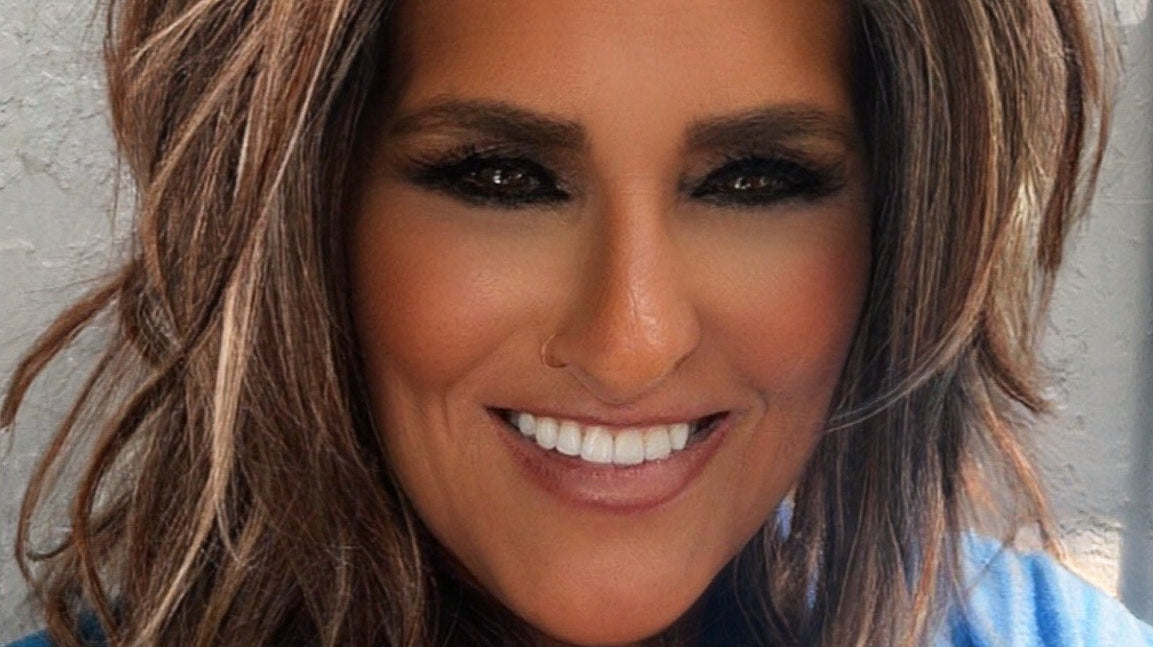Wig Studio 1 News
Lesley’s Hair Loss Journey: Breaking the Silence
Lesley had always been known for her beautiful hair—thick, healthy, and effortlessly stylish. But in her mid-50s, as menopause set in, she began to notice changes. Her once-full hair started thinning, gradually at first, then more noticeably. Like many women in the UK, Lesley found herself facing not just hair loss, but also a wall of silence around it. Conversations were scarce, support was limited, and solutions often felt hidden or hush-hush. Refusing to accept that shame should be part of the process, Lesley began her journey not just to reclaim her confidence, but to challenge the culture of secrecy. Today, she’s on a mission to bring hair loss into the open—one honest conversation at a time.
Brooke - Finding Myself Through Self-Love and Wigs
Brooke’s journey begins in the shadows of an abusive relationship—one that left lasting physical and emotional scars. But from that pain grew a powerful story of healing. With the unwavering support of her grandmother and family, Brooke not only began to rediscover herself but also found joy and confidence in exploring wigs and expressing her beauty in new ways. Her story is full of strength, hope, and transformation.
Laurice's Journey: Embracing the Wig Life
Laurice lost her hair due to thyroid-related issues and COVID complications. With her husband's support, she embarked on her wig journey hesitantly but soon gained the confidence to not only embrace it fully but also inspire others along the way.













